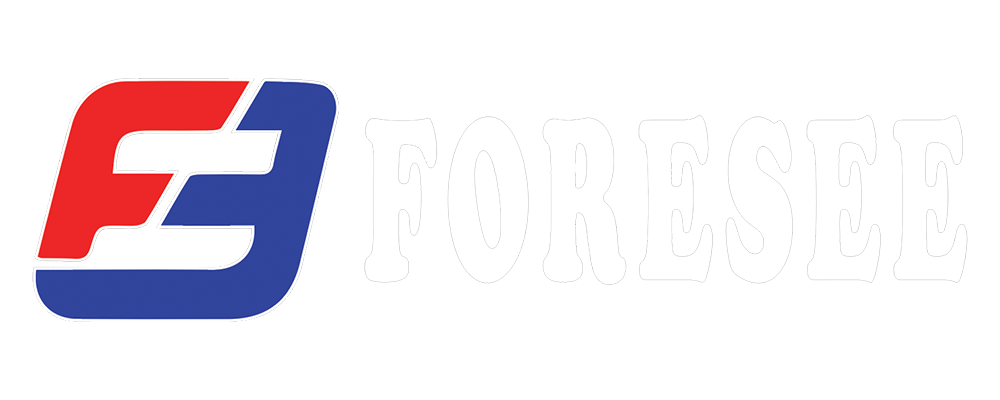To determine if a welding consumable is compatible with your welding machine, consider the following steps and factors:
1. Check Manufacturer Specifications
- Machine Manual: Consult the welding machine’s manual or datasheet for recommended consumables. Manufacturers typically provide a list of compatible electrodes, wires, and other consumables.
- Consumable Packaging: Review the specifications on the consumable’s packaging or datasheet. It will list suitable welding processes, amperage ranges, and material compatibility.
2. Welding Process Compatibility
- MIG (GMAW): Ensure the wire size matches the machine's wire feed system. The machine should support the type of wire (solid or flux-cored) and the shielding gas requirements.
- TIG (GTAW): Check that the tungsten electrode size and type (e.g., pure tungsten, thoriated) are suitable for the machine’s torch and power settings.
- Stick (SMAW): Verify the electrode type (e.g., E6010, E7018) is compatible with the machine's amperage range and polarity settings.
3. Amperage and Voltage Range
- Amperage: Match the amperage range of the welding consumable with the machine's output capacity. Using consumables outside the recommended range can lead to poor weld quality or equipment damage.
- Voltage: Ensure the voltage settings on your machine align with the requirements of the consumable. This is particularly important for MIG welding, where voltage adjustments are crucial for proper wire melting and arc stability.
4. Material Compatibility
- Base Metal: The consumable should be suitable for the type of material you are welding (e.g., mild steel, stainless steel, aluminum). Check the chemical composition and intended use of the consumable.
- Welding Position: Ensure the consumable is rated for the welding position you intend to use (e.g., flat, vertical, overhead).
5. Polarity and Current Type
- Polarity: Verify if the consumable requires a specific polarity (DCEN, DCEP, or AC). The welding machine must support the required polarity for optimal performance.
- Current Type: Some consumables are designed for use with direct current (DC) or alternating current (AC). Ensure your machine can provide the appropriate current type.
6. Shielding Gas Requirements
- Gas Type: For processes like MIG and TIG, the consumable may require a specific shielding gas (e.g., argon, CO2, argon/CO2 mix). Ensure your machine setup can accommodate the required gas type.
- Flow Rate: Check the recommended gas flow rate for the consumable and ensure your gas regulator can provide it.
7. Compatibility Resources
- Welding Supply Store: Consult with a welding supply specialist. They can provide advice based on your machine and welding needs.
- Manufacturer Support: Contact the manufacturer of your welding machine or consumables for specific compatibility queries. They often provide customer support and technical assistance.

Recent post